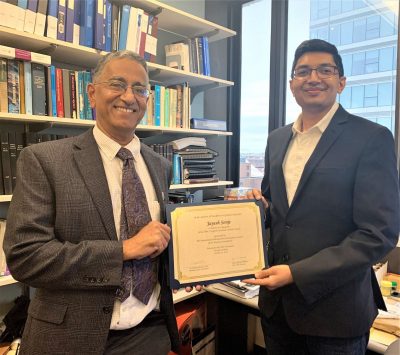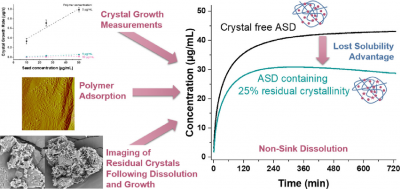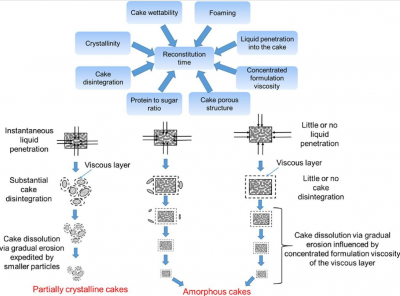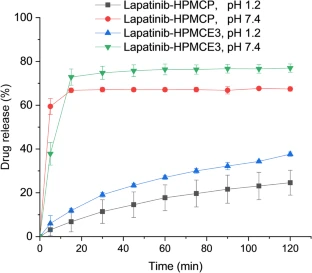Shipra Malik and Akshay Narula from University of Connecticut were recognized at the AAPS PharmSci360 meeting for their abstracts – Nanoparticle Delivered Short Anti-miR PNAs for Lymphoma Therapy; and Elucidating the Mechanism and Impact of Amorphous Drug Aggregates on the Permeability of Poorly Soluble Drugs. Congratulations to Shipra and her advisor, CPPR Faculty, Dr. Raman Bahal, and to Akshay and his advisor, CPPR Faculty, Dr. Na Li. https://cppr.uconn.edu










